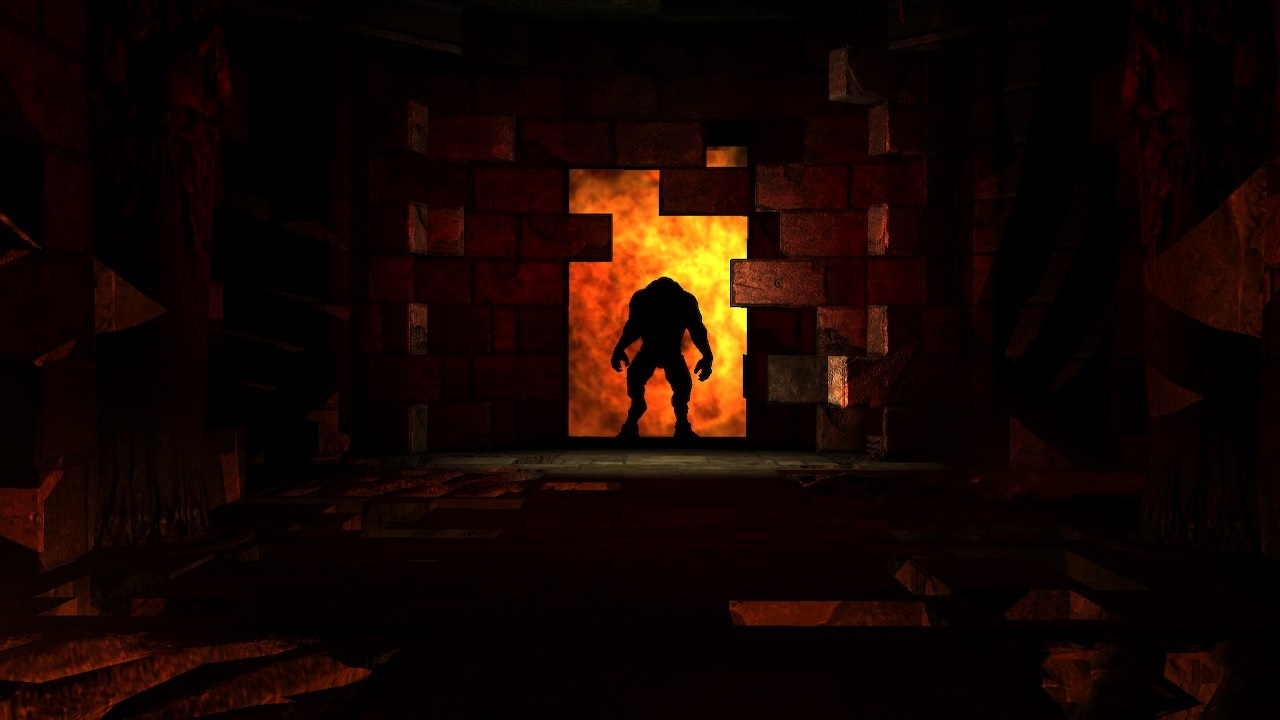Share
Disappointment is how I’d describe Moon Raider in one word. The neat 16-bit art style draws you in, but as you dive into the game, you’ll find a mediocre at best platformer with plenty of genre faux-pas that were fixed after the generation it was inspired by.

Let’s save the mother
As you’d expect from a platformer, the story doesn’t matter too much as you move from level to level without any cutscenes or context. However, we do know that we play as Ava, a princess who is fighting to save her mother from illness. To succeed, she must visit the Moon, from which she escaped, and find as many gems as she can to bring her back from the brink. Not much else can be said about the story as it’s as basic as 2D platformers of this ilk come.
the problems
Moon Raider is abounded with issues from tired gameplay mechanics all the way to technical hiccups. First, let’s talk about how the game plays. As you traverse the bases of the moon, you’re playing the game as a Mega Man lite. You have a blaster and the ability to double jump (that is somewhat unwieldy at some sections). During an early point in the game, you get the ability to dash through the use of crystals you collect on the stage. Each area feels bland and doesn’t take advantage of the mechanics that the developer is offering to the point of removing the dash for boss battles. It all feels run-of-the-mill and made me wish I was playing a more inspired game instead.

The enemies repeat often and annoyingly fire their weapons too quickly for you to avoid on many occasions. In addition, you can only fire your blaster up or forwards, and this brought a ton of frustration as the enemy is just too short or too high up for a shot to hit; I wish there was a diagonal option. If the jumping felt more precise, I’d be happier but it just felt awkward in certain parts to hit incoming foes. I also found myself wanting to duck under fire, and without that option, I was pulling my hair out in tight corridors and boss battles. The overall level design doesn’t feel planned out with a slap dash placement of enemies too. It doesn’t feel as polished as it should.
obscured upgrades + poorly placed hazards = Tearing my hair out
Next, let’s talk about the overall placement of items and the health system. Essential upgrades are annoyingly hidden behind secret walls. When you find one in a typical platformer, they’re usually a neat bonus or collectible, but in this case, Moon Raider takes it too far by concealing HP boosts and buffs to your blaster behind unclear stone walls. These upgrades are pretty essential because the base blaster is weak with a short-range. In addition, health packs are rare to come by and only heal one point. When the game only respawns you with one bar of five or six (and a lot of the deaths will feel cheap), you’ll die over and over again in these repetitive levels.
What doesn’t help is the placement of hazards in the game. One huge sin that popular retro content creator Angry Video Game Nerd is known to criticize from classic games is the hazards that can’t be seen unless you take a leap of faith. Time and time and time again, I found myself killed by a laser because the game didn’t present that information to me. The laser was either obscured or hard to notice as you try to take out enemies that are troublesome to be rid of. It feels like Moon Raider should have a wider camera as you have to constantly check underneath Sonic the Hedgehog style, to see if there are any nasty surprises awaiting you. It also doesn’t help that there’s no map to speak of, as you’ll be lost in some parts of the game. All of these frustrations culminate in a less than satisfactory experience in its levels and I’m not even done.
poorly designed bosses and a few technical issues
Boss battles aren’t as well thought out as you’d hope. For example, against a turtle-like enemy, I had to bounce on its spiky shelled back to get back on a platform as all two available pillars fall into a lava pool; this takes about two bars of health as you try to get back on the platform, leading to multiple frustrating deaths. Against a spider-like robot, I found a way to cheese the battle by hanging out in a space it couldn’t hurt me; once I figured it out, there was no challenge except withdrawing to boredom.

Moon Raider suffers from some minor technical hangups as well. When you boot the game up, the menu defaults to New Game rather than Load Game. At first thought, it shouldn’t make much difference, but due to my brain turning off, probably from the thought of playing this game, it took over my save and I was left to play through its agonizing levels once more. In the game’s defense, it does warn you, but all menus should default at load game, to begin with to avoid a situation like this. The double jump in-game as well tends to hitch every once in a while too as it clashes with the walls of certain levels.
The positives
On the other hand, the game runs at a solid 60 frames per second with no drops at all. It’s a 16-bit inspired game, so the Switch isn’t being put through its paces, but when the action gets heavy, it doesn’t slow down one bit. While there are some enemy designs that don’t feel like they fit in, such as a cartoonish baby octopus, the alien designs present a charming amount of personality. The music is solid with a retro-style soundtrack that fits the vibe of each level. It’s not something I’ll listen to again like Mega Man 2‘s incredible music, but it does the job.

The dash in-game feels great. Like Sonic the Hedgehog, it’s neat to go through a level in a quick pace. It lets you reach upper areas, thanks to its reach, and looks fantastic as you move across the area in a brisk pace. I wish the level was tweaked more to highlight the potential of the ability, however, as it’s reduced down as a cheap way to steamroll through enemies. The dash is also a saving grace for Moon Raider as it can help you get through the frustrating level design like the poorly placed lazers. It’s also a shame that it’s not utilized within the boss design too.
The art style, as said previously, looks great. Droplets from stalactites on the ceiling of a cave are falling down in a stunning, yet simple backdrop. Also, extra visual touches like the flickers of green flame, the layering of sharp fauna, and the light from fireflies add plenty of character to the stages. Ava is animated quite well too as she reacts to each shot being fired.
This is hard to recommend
Moon Raider was a tough game to review. There are many issues plaguing the experience like its lack of diagonal aiming, haphazard level design, and annoyingly hidden upgrades. However, if the developer maintains its lovely retro art style with a more thought-out product in the future, it can definitely succeed.
A Nintendo Switch review code was provided by the publisher.



